Gain expert perspectives on climate with Jennifer Oomen, Senior Director, Technical Excellence of Terwilliger Center for Innovation in Shelter, Habitat for Humanity.
This report serves as a snapshot of the activity of gender lens funds in private markets. It is aimed primarily at fund managers, Limited Partners, ecosystem builders, and researchers who are actively engaged in the field of gender lens investing or who are interested in better understanding the field. While the report captures a broad set of information about 175 gender lens funds, representing the work of 126 fund managers from around the globe, it is important to acknowledge that an even broader context exists. There are segments within the gender finance ecosystem that are not captured because the investors did not report data nor publicise their gender-focused initiatives. Additionally, this report focuses on activity in private markets only. There are also gender lens equity and debt funds, gender bonds, and other securities that are trading in public markets.
The objective of this report is to showcase the current level of activity within the gender lens investing landscape in private markets; as well as build awareness, promote the value of investing with a gender lens, and provide actionable insights on market size, key investment opportunities, and the roles of various stakeholders. In doing so, it places the gender finance field within the larger context of our times, acknowledging the substantial growth the field has experienced and highlighting the opportunities for further expansion in depth and breadth of impact.
The Mastercard Strive initiative, in partnership with Business Fights Poverty, convened over 50 stakeholders to explore how to empower small businesses through digital solutions. The discussion focused on three areas: artificial intelligence and automation, access to finance and capital, and climate resilience and sustainability. This report highlights the five overreaching insights that this convening outlined that spans across all three areas to form a framework of principles that empower organisations looking to better support small businesses to navigate climate disruptions and economic uncertainties
India has a wide but unorganised value chain for post-consumer domestic (PCD) waste. Formalised sorting hubs or Textile Recovery Facilities (TRFs) primarily dealing with PCD waste, are at a nascent stage, trying to find their feet within the market by optimising processes at both the demand and supply sides. These TRFs are sorting PCD waste through manual methods. However, despite the waste valorisation potential of these sorting hubs, their returns are limited in certain cases as they are unable to provide good quality waste feedstock and assurance of the material composition to high-grade fibre-to-fibre mechanical recyclers. This gap provides a potential area for the deployment of sorting technologies.
About 48% of the Post-consumer Domestic Waste (PCD) has the potential to be valorised via formalised sorting hubs. Out of this, 35% of the waste can have better utilisation by adopting semiautomated & automated technologies, leading to a revenue increase of 10%. At an industry level, this translates to 1,380 kilo tonnes of waste and INR 388 Cr (going up to INR 1,348 crores in some cases) of additional revenue in one year. However, an enabling environment needs to be created to make these technologies economically viable for a sorting hub.
The business case presented in this report assesses commercial viability for both semi-automated and automated technologies and validates the hypothesis under five different scenarios. Thus, it demonstrates the infrastructure and investment requirements to valorise the post-consumer textile waste, serving as a framework to enable well-informed decision-making for sorting hubs to implement sorting technologies.
Climate investing has grown from a niche investment vertical market to a widely recognised market that attracts billions of PE and VC capital globally and in India. In 2023, venture and growth investment into climate totalled $32 billion around the world and $804 million in India. The size of our network reflects the vast opportunity and high levels of enthusiasm.
Given this step change in the flow of capital, one would assume that the ecosystem in India has evolved and that the continuum of capital functions smoothly, with multiple instruments and funding approaches accessible and affordable for scaling climate innovations.
We decided to unpack this hypothesis in the third India Climate Finance Report and examine what really exists in terms of a continuum, how smooth the handovers are and what’s still missing to enable climate innovation at scale. This report is a combination of survey insights and deep-dives/ guest articles from peers and partners in the ecosystem. With the focus on mapping, this time we’ve requested guest articles from stakeholders working at very specific points/ junctures of the continuum, and asked them to comment on what’s working and what isn’t. We’ve also tried to highlight the opportunity for family offices and emerging foundations with more broad-based/ flexible mandates. Also as always, we have highlighted the role of appropriate and accurate climate impact measurement, as a reflection of the value created.
Let’s get together for the ANDE Members Dinner Gathering, taking place on Monday 24 March 2025 from 18:00 - 20:30, at Cafe Salween, Yangon, Myanmar.
Dive deep into Climate Conversations with our Co-Chair, Ajay Menon.
